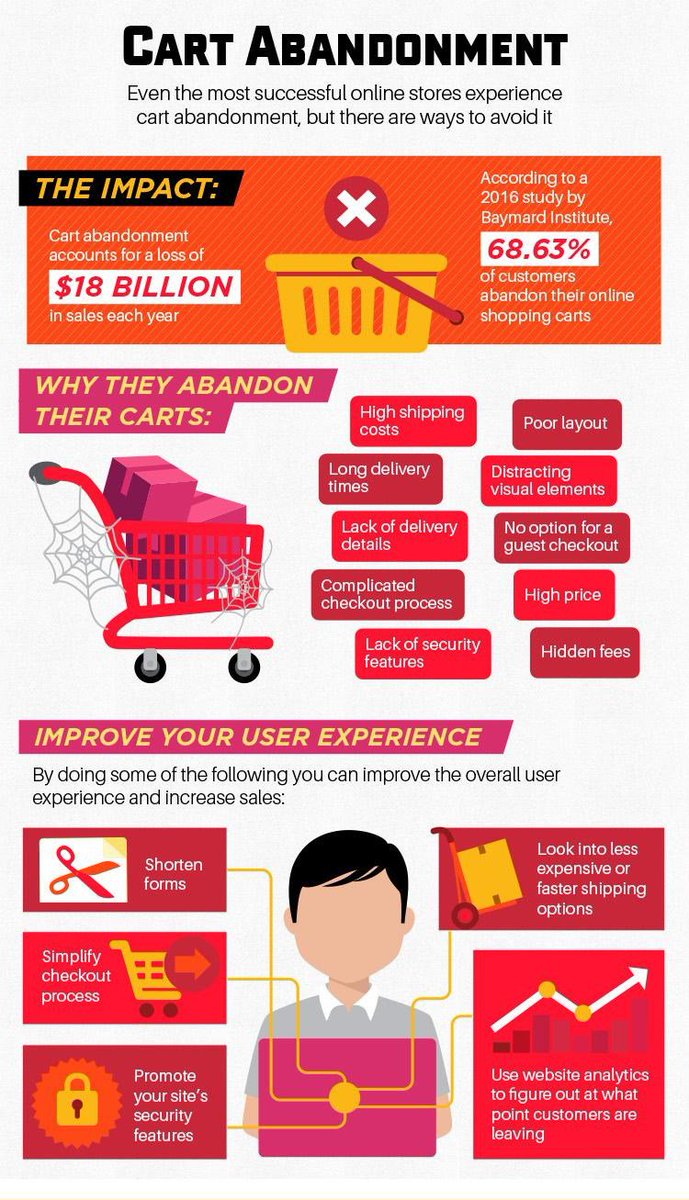Are you looking for a way to boost your marketing on your Shopify business or store? The omnichannel strategy is probably the one you have been looking for.
To generate sales, ensure that your customer experience is as personalized and relevant as possible. You must work across various digital marketing platforms or channels to provide the best experience to your customers and target audience. Many customers use multiple platforms when looking for the brand or item they want to purchase.
Omnichannel marketing is the smooth integration of critical factors, such as branding and messaging, as your target audience moves down the sales funnel, providing the best service. It differs from multichannel, focusing on content distribution across various channels.
In this article, we’ll talk about the benefits of omnichannel marketing and how to create one for your Shopify store.
Table of Contents
The Benefits of Omnichannel Marketing
Omnichannel marketing offers advantages, especially when appropriately planned. It’ll lead to excellent customer satisfaction, retention, and your brand’s visibility. Here are the five main benefits of using this strategy for your Shopify store.
Better Customer Segmentation
It is critical to identify the type of your customers, depending on their characteristics. You’ll have to study their habits and behavior when interacting with your channels to help you understand what they need and want.
For instance, using a technique in omnichannel marketing strategy can help you categorize your ideal customers. It’ll be easier for you to target and reach them and convert them into sales.
If you give a quality experience to customers, whatever channel they use, you’ll see a boost in your conversion rate.
Higher Customer Retention
Making your customers continue doing business with you gives your business security in revenue and brand loyalty. Continuous cash flow is essential for the company, and you can achieve it with a higher customer retention rate.
Using the right keywords can help you improve your retention rate, especially when you analyze your existing customers’ search queries. This way, you’ll be able to make multi-ad groups. The benefit of creating multiple ad groups is that you can break up keywords and ads and segment them into related topics or themes.
Since you can use better keywords for your audience, they’d most likely stay loyal to your brand as you get the answers, products, and services they want.
More Revenues
As mentioned above, having a better retention rate ensures continuous profit. Aside from the retention rate, more and more people are using various channels to access a shop. For instance, they check social media pages to check the available item in a certain shop.
If you post your items on your social media page, it would be easier for some to view them. Of course, you shouldn’t only focus on it as many people access your shop through various platforms.
It’ll be easy for your business to provide an excellent experience to your customers as you make everything easy for them; simultaneously, you get more income as they spend more.
Higher Customer Satisfaction
One of the main advantages of using an omnichannel marketing strategy is giving the best experience to your customers. Since the quality of service you provide will improve, they’d feel delighted, happy, and satisfied doing business with you.
Omnichannel focuses on customers’ experience across different devices, not the channel. This will result in the betterment of your customer’s experience.
Once your customers are satisfied, you’ll have more sales and an increase in retention rates.
Better Brand Visibility
The strategy also includes sharing messages via mobile apps, social media, websites, etc. Messaging or communication is one of the most critical aspects of nurturing your audience.
You need to ensure that they don’t need to repeat themselves if there are certain queries, regardless of the platform they prefer to use. They’ll find it very convenient and useful as they get the necessary information.
This will ensure better brand visibility across multiple platforms and give you better leads and more chances of earning higher revenue.
How to Create an Omnichannel Marketing Strategy for a Shopify Store
Since there are many advantages when using an omnichannel marketing strategy for your Shopify store, you need to learn how to make one. Here are five steps that work:
1. Analyze Customer Journeys
The journey of your customers is the representation of their experience when visiting or engaging with your Shopify business. You need significant data from your customer research to understand the process of their journey. The information from their journey will help you define their experiences.
A typical journey starts with wanting a product. They’d probably search online for product recommendations and click the first item on the results page. After that, they’ll go back to the results page to see other options, usually the second and third ones from the results page.
Customers will check the website and see if there are any deals, such as vouchers or online coupons, they can use to lessen the price. They’ll also view the product information, and if they like it, they’d add it to the cart and pay or contact online support for assistance.
To get advantages from their journeys, you need to gather data from the customer’s searches, contacts, and if they have already bought something. Using similar data you’ve had before, create various journeys to understand how the customer will interact.
Finally, identify the essential factors from the journey, such as messaging, customers’ objectives, and more.
2. Choose Marketing Channels
An omnichannel marketing strategy involves communication touchpoints, which means you’ll need to make the messaging more efficient. These touch points include various social media platforms, your website, paid ads, and other engaging content.
Select the touch point for your strategy that you find essential, as it’ll ensure that you share messages throughout other messaging platforms your customers use. You’ll need to adjust if they use a particular social media platform, like Facebook Messenger. Remember that the communication channel will tend to change regularly as trends do.
3. Use Omnichannel Marketing Apps
To fully achieve the benefits of omnichannel marketing strategies, it’s best to use apps. There is a lot of software available, some of which are free. You can easily integrate it into your Shopify store so start developing your omnichannel marketing strategy.
Using one for your Shopify store has advantages. The most common one is that it can integrate different marketing channels and make them into one, such as emails, push notifications, and SMS. It allows you to manage different campaigns without using multiple dashboards as it is combined in one place.
The app also allows you to make reporting much more straightforward. The data you’ll need is always ready. If you need information about your customers’ current behavior or engagement, you can easily access it and check all details in one app.
4. Personalize Your Messages
When it comes to omnichannel marketing strategies, personalizing your messages is essential. Since you can get information regarding your customers and target audience, you can share the data with other channels and apply every point for seamless communication with your customers.
You can show your returning customers relevant products on your webpage or app. You can suggest these items to them that they might be interested in buying.
Real-time data is critical as your customers’ information changes regularly. Depending on the current trend, you must adjust the relevant products or items you need to display on your channels.
The access to real-time data also gives you better analysis regarding eCommerce and marketing apps used on Shopify.
Use Retargeting and Remarketing Strategies
5. Use Retargeting and Remarketing Strategies
These two are the keys to successful omnichannel marketing, as they move your prospects through the sales funnel. Although these two share the same goal, there are differences between them.
Retargeting: It involves ad placement where you’re featuring your brand and products to your target audience that made an interaction but didn’t turn into a lead. These customers can be the ones who visit your website, people you’ve engaged with on social media, and even viewers of your video content.Remarketing: It is a little deeper compared to retargeting. Remarketing focuses more on customers, followers, email subscribers, or people who have an action on your website. There are many benefits to remarketing strategy. For example, it brings back the customers, who’ve left something on their cart. They could also have viewed certain pages or products but didn’t continue buying them.
These strategies are highly effective in nurturing your audience and will allow your Shopify store to generate more traffic and increase sales.
Final Thoughts
An omnichannel marketing strategy can let your business meet where your customers are. You’ll know their goals and needs to adjust your marketing strategy successfully and adequately convert them into sales.
Remember that your business can acquire benefits when you’ve done the strategy properly. So don’t forget to understand your customers’ journey, choose the right marketing channel, use software to help you, personalize the messages, and retarget and remarket your brand and products.
Apply the tips above, and your Shopify store will give the best experience to your customers!
The post Shopify Omnichannel Strategies to Boost Your Marketing first appeared on PPC Hero.




Leave a Reply